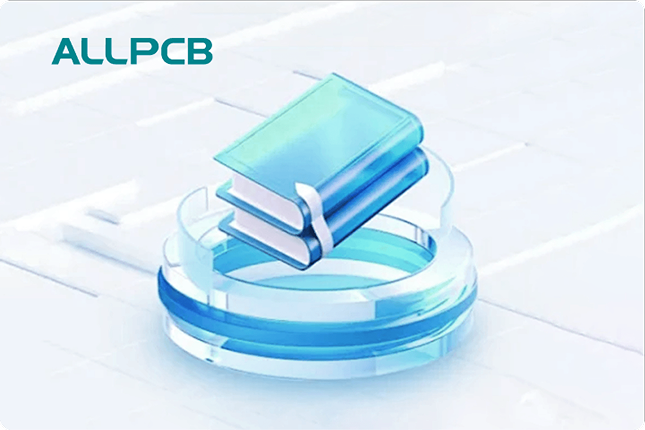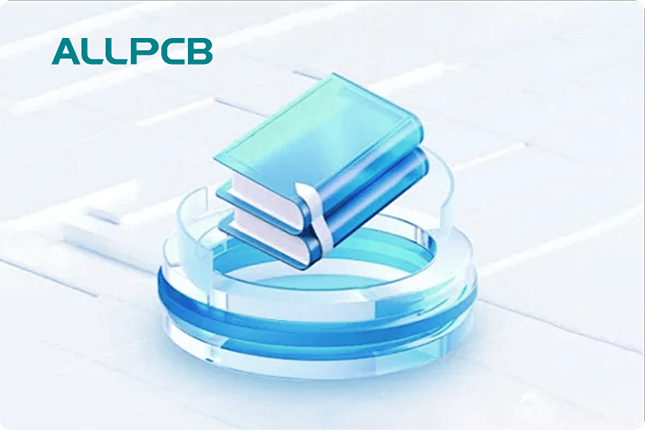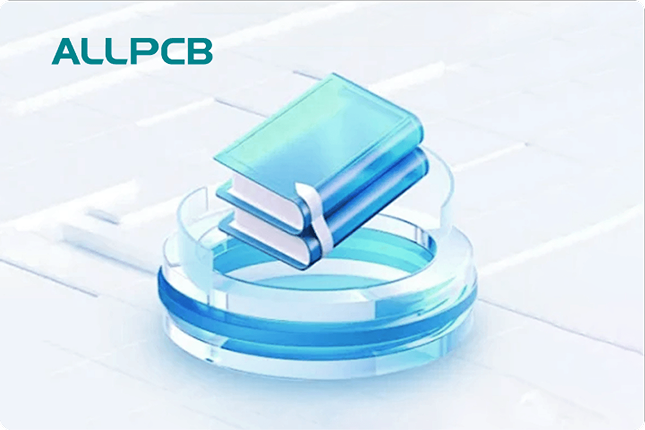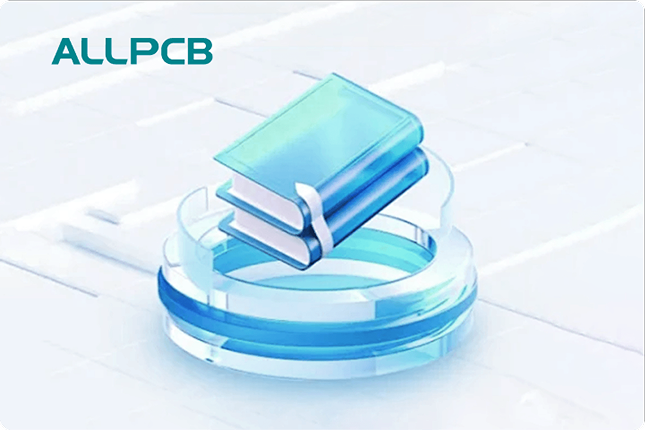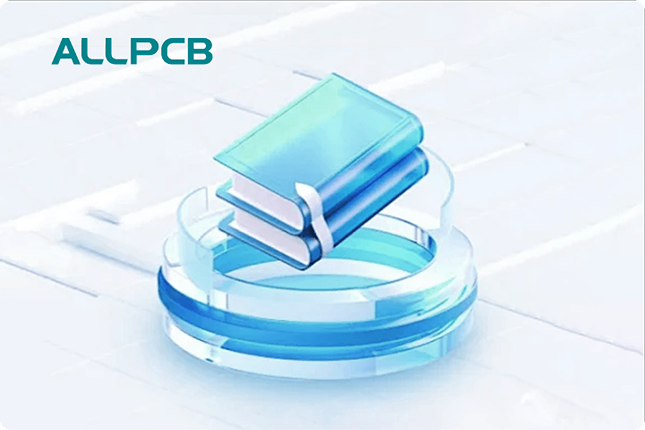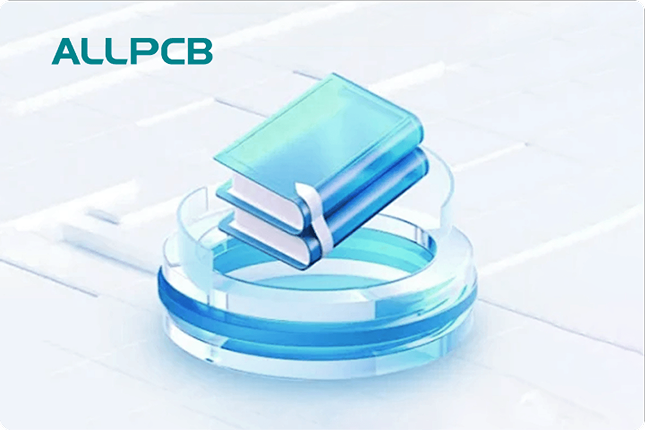If you're designing power electronics that need to manage high current and voltage, an 8-layer PCB could be the ideal solution. These multi-layered boards offer enhanced capacity for complex circuits, better thermal management, and improved signal integrity, making them perfect for applications like power converters, MOSFET layouts, and IGBT configurations. In this comprehensive guide, we’ll dive into the specifics of 8-layer PCB high-current design, 8-layer PCB high-voltage design, and layouts for power MOSFETs, IGBTs, and power converters. Let’s explore how to optimize your design for performance and reliability.
Why Choose an 8-Layer PCB for Power Electronics?
Power electronics often involve high current and voltage levels, which demand robust designs to prevent overheating, signal interference, and component failure. An 8-layer PCB provides several advantages over fewer-layered boards in such scenarios. With multiple layers, you can dedicate specific planes to power distribution, grounding, and signal routing, reducing noise and improving efficiency.
For instance, in high-current applications, wider traces and dedicated power planes in an 8 layer PCB can handle currents exceeding 10A without significant voltage drops. Similarly, for high-voltage designs, the extra layers allow for better spacing and isolation, reducing the risk of arcing or breakdown, especially when dealing with voltages above 500V. This makes 8-layer PCBs a go-to choice for power converters and layouts involving power MOSFETs and IGBTs.

Key Considerations for 8-Layer PCB High-Current Design
Designing an 8-layer PCB for high-current applications requires careful planning to ensure safety and performance. High currents can cause excessive heat and voltage drops if not managed properly. Here are some critical factors to consider in your 8-layer PCB high-current design:
- Trace Width and Thickness: Use wider traces to handle higher currents. For example, a trace carrying 10A may need to be at least 100 mils wide with a copper thickness of 2 oz/ft2 to minimize resistance and heat buildup.
- Power Plane Allocation: Dedicate at least two internal layers as power planes to distribute current evenly across the board. This reduces impedance and ensures stable power delivery.
- Thermal Management: High currents generate heat. Incorporate thermal vias and heat sinks near high-current components to dissipate heat effectively. Aim for a thermal resistance below 1°C/W for critical areas.
- Component Placement: Place high-current components close to power planes to minimize trace length and reduce losses. Group related components to avoid long, high-current paths.
By focusing on these elements, your 8-layer PCB high-current design can achieve optimal performance, even under demanding conditions like industrial motor drives or renewable energy systems.

Strategies for 8-Layer PCB High-Voltage Design
High-voltage applications present unique challenges, including the risk of electrical breakdown and interference. An 8-layer PCB high-voltage design must prioritize safety and isolation. Here’s how to approach it:
- Creepage and Clearance: Maintain adequate spacing between high-voltage traces to prevent arcing. For voltages around 1kV, a clearance of at least 8mm is often recommended, depending on the dielectric material and environmental conditions.
- Layer Isolation: Use internal layers to separate high-voltage circuits from low-voltage signals. This minimizes crosstalk and enhances safety.
- Dielectric Strength: Choose a PCB material with high dielectric strength, such as FR-4 with a breakdown voltage of 20kV/mm, to withstand high potentials without failure.
- Ground Planes: Implement solid ground planes on adjacent layers to shield sensitive areas from high-voltage noise and improve overall stability.
These strategies ensure that your 8-layer PCB high-voltage design remains reliable in applications like power supplies or electric vehicle systems, where voltages can exceed 600V.

Optimizing 8-Layer PCB Power MOSFET Layout
Power MOSFETs are widely used in power electronics for switching high currents and voltages. However, their performance heavily depends on the layout. A well-designed 8-layer PCB power MOSFET layout can minimize parasitic effects and improve efficiency. Here are some tips:
- Minimize Loop Inductance: Place the MOSFET, driver, and decoupling capacitors as close as possible to reduce the gate drive loop inductance. Aim for loop areas less than 1 cm2 to keep switching losses low.
- Separate Power and Control Layers: Route high-current paths on dedicated power layers, while keeping gate drive signals on separate layers to avoid interference. This is especially important for switching frequencies above 100 kHz.
- Thermal Vias: Use thermal vias under the MOSFET to connect to internal copper planes for heat dissipation. For a MOSFET dissipating 5W, at least 10 vias with a diameter of 0.3mm can help maintain safe operating temperatures.
- Grounding: Connect the source pin to a solid ground plane to reduce noise and ensure stable operation during high-speed switching.
By following these guidelines, your 8-layer PCB power MOSFET layout will support efficient and reliable operation in applications like DC-DC converters or motor control systems.
Designing an 8-Layer PCB IGBT Layout for High-Power Applications
Insulated Gate Bipolar Transistors (IGBTs) are critical in high-power systems due to their ability to handle both high currents and voltages. An 8-layer PCB IGBT layout must address similar challenges as MOSFET layouts but with added focus on robustness. Consider these design practices:
- Gate Drive Isolation: IGBTs require precise gate control. Route gate signals on a separate layer from power paths to prevent noise coupling, especially at switching frequencies up to 20 kHz.
- High-Current Paths: Design wide traces or use multiple layers for collector and emitter connections to handle currents often exceeding 50A. Copper thickness of 3 oz/ft2 or more may be necessary.
- Snubber Circuits: Place snubber components close to the IGBT to suppress voltage spikes during switching. This reduces stress on the device and enhances reliability.
- Heat Dissipation: Like MOSFETs, IGBTs generate significant heat. Use large copper areas and thermal vias to connect to heat sinks, targeting a thermal resistance below 0.5°C/W for high-power designs.
Implementing these techniques in your 8-layer PCB IGBT layout ensures optimal performance in applications such as industrial inverters or renewable energy converters.
Best Practices for 8-Layer PCB Power Converter Design
Power converters, whether AC-DC or DC-DC, are central to many power electronics systems. An 8-layer PCB power converter design can significantly improve efficiency and reduce electromagnetic interference (EMI). Here’s how to approach it:
- Layer Stackup: Use a symmetrical stackup with power and ground planes in the center to minimize EMI. A common configuration might be Signal-Power-Ground-Signal-Signal-Ground-Power-Signal, balancing noise reduction and routing flexibility.
- Component Grouping: Group input, output, and control components to shorten critical paths. For instance, place input capacitors near the converter IC to stabilize input voltage, targeting a ripple below 100mV.
- Loop Area Reduction: Minimize the area of high-frequency current loops, especially in switching converters. Smaller loops reduce radiated EMI and improve efficiency, particularly at frequencies above 1 MHz.
- Shielding: Use internal ground planes to shield sensitive analog signals from noisy switching nodes, ensuring clean operation in mixed-signal designs.
These practices make your 8-layer PCB power converter design more robust, whether you're working on a 5V output SMPS or a high-power industrial converter.
Material Selection and Manufacturing Tips for 8-Layer PCBs
The success of an 8-layer PCB in power electronics also depends on material choices and manufacturing precision. Here are some pointers to guide you:
- High-Thermal Conductivity Materials: Opt for substrates with high thermal conductivity, such as metal-core PCBs or enhanced FR-4, to manage heat in high-current designs. Look for materials with thermal conductivity above 1 W/mK.
- Copper Weight: Use heavier copper weights (2-3 oz/ft2) for power layers to handle high currents without excessive resistance or heat.
- Via Design: Incorporate buried and blind vias to connect internal layers without cluttering the surface, but ensure they are filled or plated to handle high currents reliably.
- Manufacturing Tolerances: Work with a manufacturer that can maintain tight tolerances for trace widths and spacing, especially for high-voltage designs where small deviations can lead to failure.
Selecting the right materials and partnering with a skilled manufacturer can make a significant difference in the performance of your 8-layer PCB for power electronics.
Suggested Reading: 8-Layer PCB Stackup: Choosing the Right Materials for Your Application
Common Challenges and Solutions in 8-Layer PCB Designs
Designing an 8-layer PCB for high current and voltage isn’t without challenges. Here are some common issues and how to address them:
- Signal Integrity Issues: High-frequency switching can cause crosstalk. Use differential pair routing and keep signal layers adjacent to ground planes to maintain impedance control, targeting a characteristic impedance of 50 ohms for critical signals.
- Thermal Hotspots: Uneven heat distribution can damage components. Use thermal simulation tools during design to identify and mitigate hotspots before manufacturing.
- Cost Constraints: Multi-layer boards are more expensive. Optimize the design by minimizing via count and using standard materials where possible without compromising performance.
By anticipating these challenges, you can create a more reliable and cost-effective 8-layer PCB design for your power electronics project.
Conclusion: Elevating Power Electronics with 8-Layer PCBs
An 8-layer PCB offers unparalleled advantages for power electronics, especially when handling high current and voltage. From optimizing trace widths in 8-layer PCB high-current design to ensuring proper isolation in 8-layer PCB high-voltage design, these boards provide the flexibility and performance needed for complex applications. Whether you're working on an 8-layer PCB power MOSFET layout, an 8-layer PCB IGBT layout, or an 8-layer PCB power converter design, following best practices in layer allocation, thermal management, and component placement can lead to superior results.
By leveraging the capabilities of multi-layer boards, you can build power electronics systems that are not only efficient but also reliable under the most demanding conditions. With careful planning and attention to detail, your designs can meet the rigorous demands of modern applications, from industrial systems to renewable energy solutions.
 ALLPCB
ALLPCB


